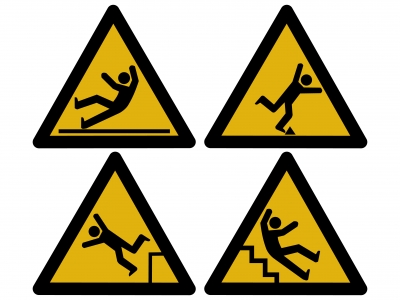Fall risk rises with age
 Australia's ageing workforce will bring an increased risk of workplace falls, research shows.
Australia's ageing workforce will bring an increased risk of workplace falls, research shows.
This trend poses significant implications for workplace safety and demands immediate attention from employers to mitigate risks.
The study, conducted in Victoria and published in the journal Occupational & Environmental Medicine, examined 42,176 hospital admissions due to workplace injuries from July 2017 to June 2022.
The findings reveal that falls accounted for approximately 20% of these admissions, with falls from a height making up 52% and same-level or low-level falls constituting 37%.
Notably, the risk of same-level falls escalates with age, especially among women in the workforce.
Men are predominantly affected by falls from heights, often linked to sectors like construction, telecommunications, and mechanical engineering, where working at elevated positions is common.
However, older women (aged 50 and above) are particularly vulnerable to same-level falls, underscoring a need for targeted prevention strategies.
The demographic shift towards an older workforce, with the proportion of employees aged 50 to 64 doubling since the mid-90s, brings to light the association between ageing and an increased fall risk.
This shift underscores the urgency for employers to adopt comprehensive fall prevention measures.
The study's findings indicate that same-level falls, which are set to rise with the growing number of older female workers, require specific attention.
With workplace injuries contributing significantly to global disability and mortality rates, the study's insights into the distinct risk profiles of falls among different age and sex groups are invaluable.
Employers are encouraged to either adopt a generalised approach to fall prevention or consider targeted strategies that address the specific needs of older female workers, potentially through health screenings related to fall risk.








 Print
Print